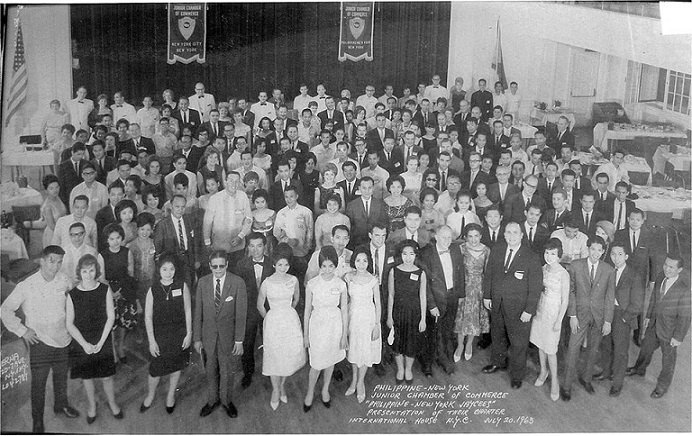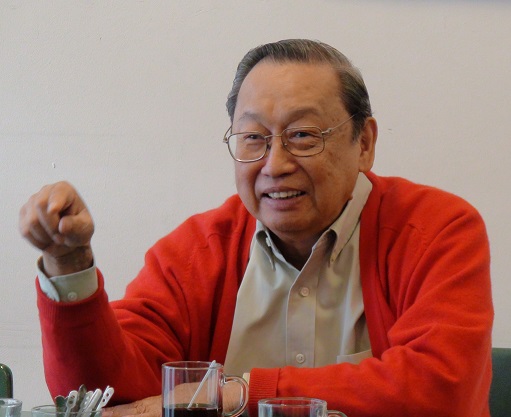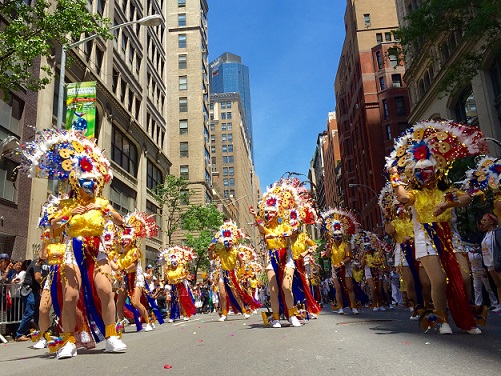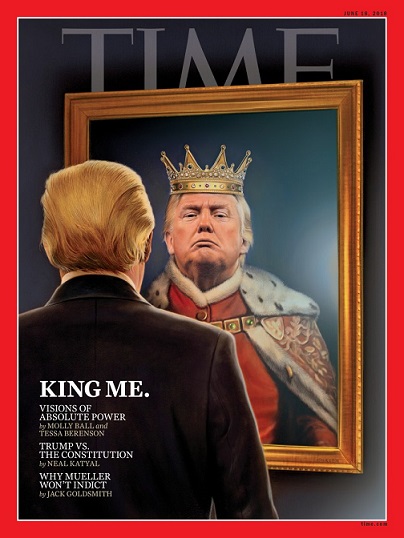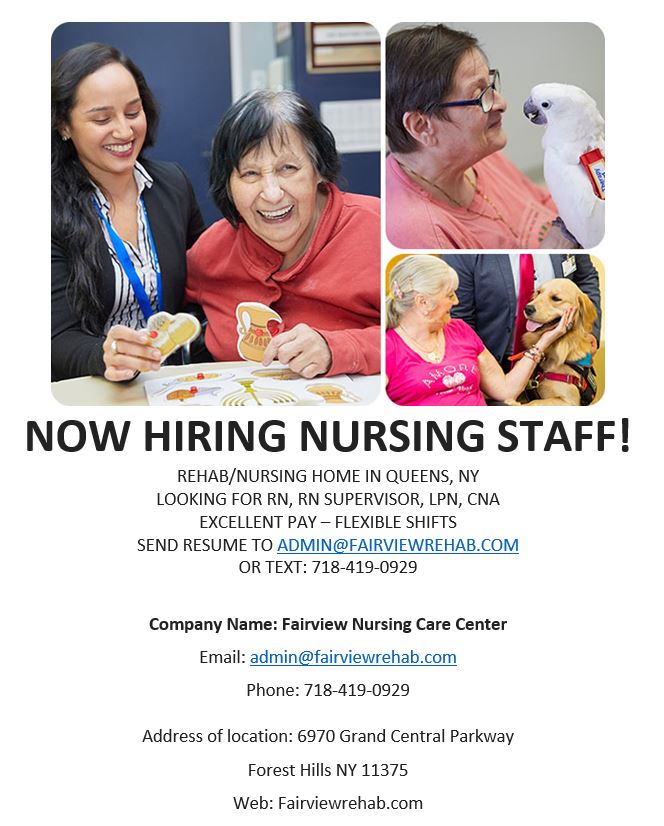Public hospital RNs decry lower wages compared to private hospital nurses
By Barbara Caress
New York City’s public hospital system faces high-stakes contract negotiations with the largest single component of its workforce: its registered nurses. At issue: A widening gap between what RNs earn in private and public hospitals – a pay differential that is causing public hospitals to hemorrhage fulltime nurses.
The City’s contract with the New York State Nurses Association (NYSNA) expired on March 2nd. While public hospital nurses are prohibited from striking, should a new deal not be reached soon, other job actions can’t be ruled out.
A status quo that has public hospital RNs intensely dissatisfied turned a March 23rd budget hearing by the City Council Hospitals Committee into a forum about nurses’ pay, involving management and nurses.
Dr. Mitchell Katz, the president of the public New York City Health and Hospitals Corporation (H+H), acknowledged that H+H was losing RNs, saying that 25 percent of 8,000 fulltime positions were vacant. He testified that H+H was using temporary staff to fill in for the missing 2,000 fulltime nurses.
Meanwhile, at a later NYSNA rally, City Comptroller Brad Lander estimated that H+H spent $200 million during a recent three-month period “to bring nurses in from out of state rather than paying what [public hospital] nurses deserve.”
H+H’s proposed budget for Fiscal Year 2024 (which begins July 1st) assumes an operating loss due to the continuing cost of temporary RN staffing. (In a similar vein, a May report from the State Comptroller concludes that, “It is likely that the extended use of temporary nurses by H+H will continue until at least FY 2024.”)
RNs in public hospitals have typically earned less than their private hospital colleagues. Before the most recent agreement between NYSNA and the private hospitals, reached after a three-day strike at several hospitals in January, the gap was in a two-to-five percent range.
Now, however, as Sonia Lawrence, an RN who works at H+H’s Lincoln Hospital in the Bronx, testified to the City Council, “The gap between our pay and private sector nurse pay is only getting bigger and more unfair.”
NYSNA’s new private hospital agreement means that, absent H+H raises, the private-public pay gap will reach 20 percent by December 31st, 2025, with public hospital entry-level nurses earning $19,000 less annually and more experienced nurses as much as $25,000 less by the end of that contract period.
NYSNA, meanwhile, wants raises of seven, six, and five percent (20 percent, compounded) over the next three years.
NYSNA is threatening to trigger a long-dormant contract clause that dates from the Giuliani administration. It commits the City to come within $1,000 of RN salaries at Presbyterian, Mount Sinai, Montefiore, and Maimonides, among other private hospitals. The clause was suspended for the 2019-2023 contract, as it has been for every collective bargaining agreement since 1995.
The City has not denied its obligation. “We have listened to stories about how salaries impact staffing,” a City spokesperson told NYSNA bargainers. “This will take time to see how we can manage and make a proposal to you…. The answer is not ‘no.’ It’s a timing thing.”
Waiting has an on-going price. “Every week that the City takes its time to come up with a parity proposal,” according to a NYSNA source, “they are wasting more and more money on expensive travel nurses, and more staff nurses are leaving for better pay in the private sector.”
Even with the use of temporary nurses, public hospitals are understaffed.
“I work on the Med-Surg [medical-surgical] floor caring for 11-13 patients at a time on a normal day; the number I can safely care for is four or five,” a Harlem Hospital RN testified to the City Council. “And our union contract forbids more than six. Our new nurses get a sink-or-swim introduction to City hospitals and they are quick to leave us for higher pay and lower patient loads. Many don’t even complete orientation before starting a search for jobs with better working conditions.”
Read the complete report at the Center for New York City Affairs website www.centernyc.org
Barbara Caress has worked for many years in non-profit, union, and public agency health care policy and administration. She teaches public health policy at Baruch College.



